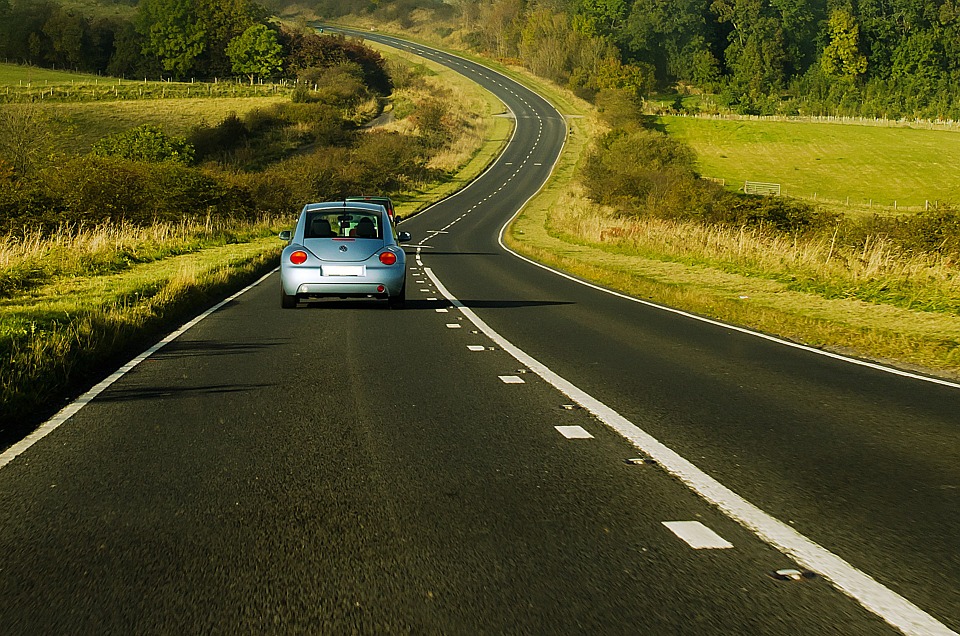The future of automotive manufacturing is destined to be entirely automated. Given the inevitable dominance of self-driving vehicles on the road someday, this outlook is something to stop and ponder. After all, the implication of this is that automated machines will be building automated machines, a process in which little if any human interaction is to be required.

Anyone doubting this future need only look to the present. As you read this, Leading2Lean.com and other big names in the world of critical plant management software are able to help automakers achieve a level of automation approaching this vision of the future. At the same time, the world’s most innovative and forward-thinking tech companies are hard at work trying to get the self-driving car industry up and running. According to Elon Musk: “autonomous vehicles will soon be just as common as elevators.” and it would appear the rest of the industry agrees with this assessment.
The idea of a self-driving car is not a foreign thought. Airplanes have been somewhat autonomous for ages, an achievement which reflects the relatively predictable sequence of events involved in aviation compared to traveling by automobile. Slowly but surely, computer technology has become sophisticated enough to anticipate the multitude of possibilities which can occur during the typical car trip.
As the car begins to drive, it will use a technology known as LIDAR or light detection & ranging which emits laser beams at millions per second speed. This gives the vehicle an entire 360-degree view. The car will also use a radar to detect their speed and distance from other moving objects.
The state of the art features will make driving cars on your own a thing of the past. It is said that if autonomous vehicles become the future of driving, accident rates will significantly decrease and maybe disappear. Every car will be designed to never break the law on the road. They may also make DUIs obsolete.
Each car will be equipped with GPS technology to ensure that getting lost will be simply impossible. Some business owners even believe that companies like Uber or Lyft will adapt the usage of autonomous vehicles first. If this is the case, driving will truly become a thing of the past. The need for land used for parking lots will no longer be necessary, while the technology to automate these cars will be healthier for the environment.
The future of self-driving car manufacturing is already being paved, as previously mentioned, by advanced computerized software and robotic systems. In many ways, the software and hardware driving these manufacturing processes are close cousins to those found in the automobile they are assembling. Sensors and relays set to high sensitivity, communicating via state-of-the-art computerized maintenance management systems and other important management software, are detecting, anticipating, and acting on external information, not unlike the self-driving vehicles being slowly distributed onto roads around the world.
Plenty of high-end cars already come with autonomous features in the steer, acceleration, and brakes on the highway. All of which are used to avoid possible crashes from happening. A few vehicles are also capable of parking on their own already avoiding all potential hazards while doing so. However, despite these advances being made, there has still yet to be an optimum technology archetype determined for its success. There are currently three solutions in existence; the camera over the radar, radar over the camera, and the hybrid approach.
The camera over radar relies mostly on camera systems all around which are supplemented with radar data. The radar of camera, however, relies on radar sensors which are supplemented by information captured by a camera. As for the hybrid approach, it uses a combination of light detection and LIDAR ranging along with camera systems, sensor fusion algorithms, and a radar to comprehend outdoor environments to a more minuscule level.
Overall, the future of self-driving vehicles is promising. In a matter of 10 years, the world can expect to see certain roads fully driven by autonomous cars.
